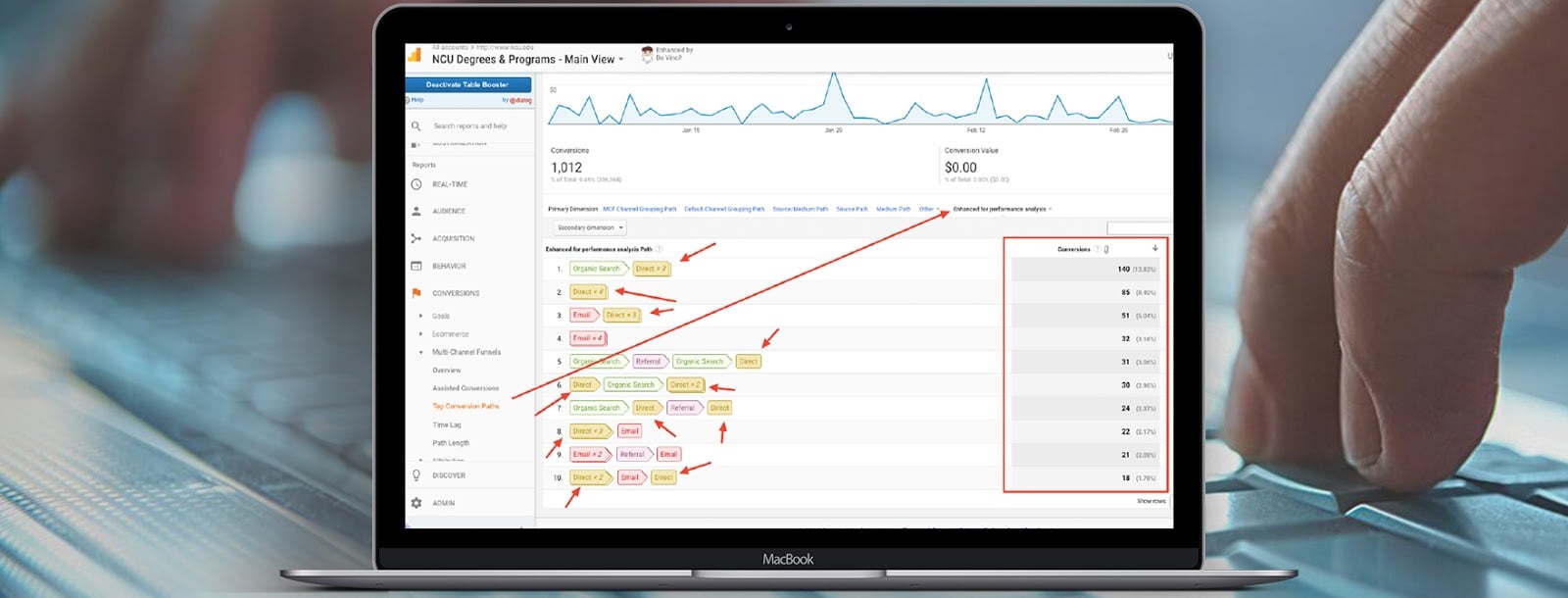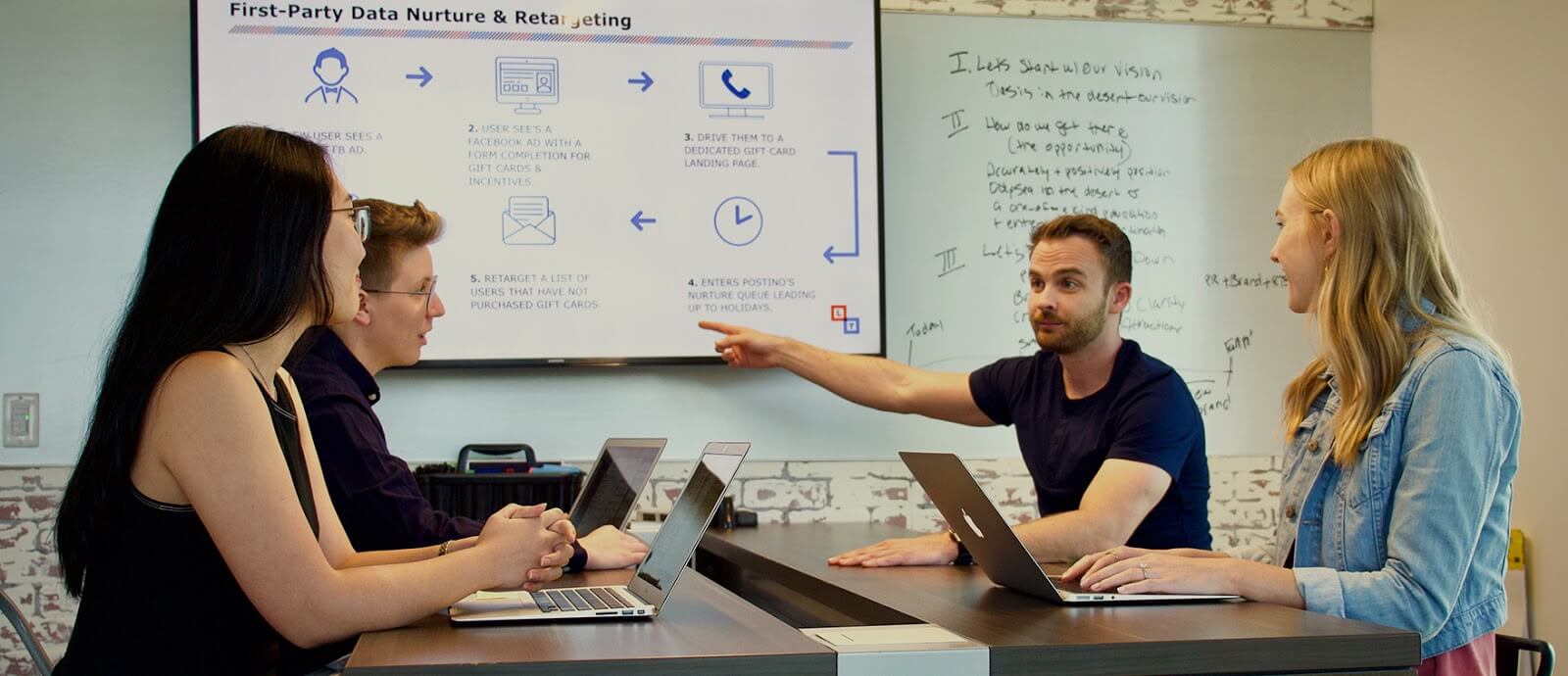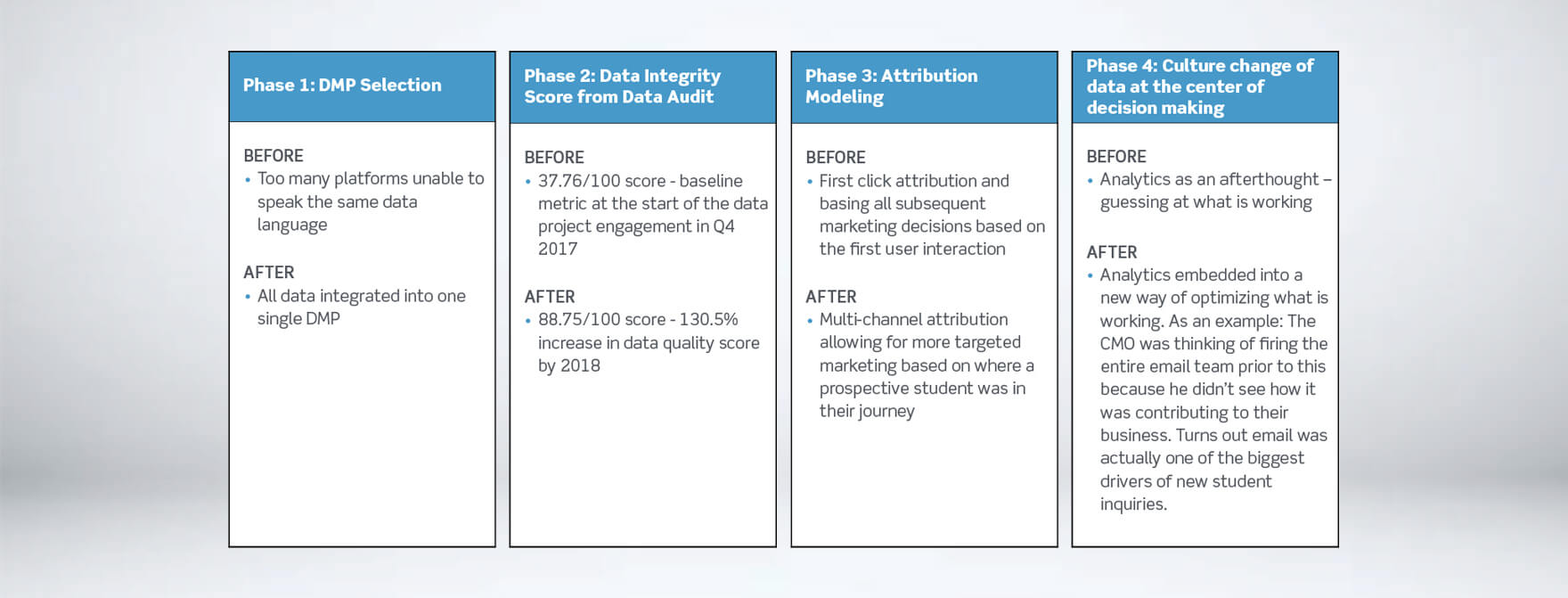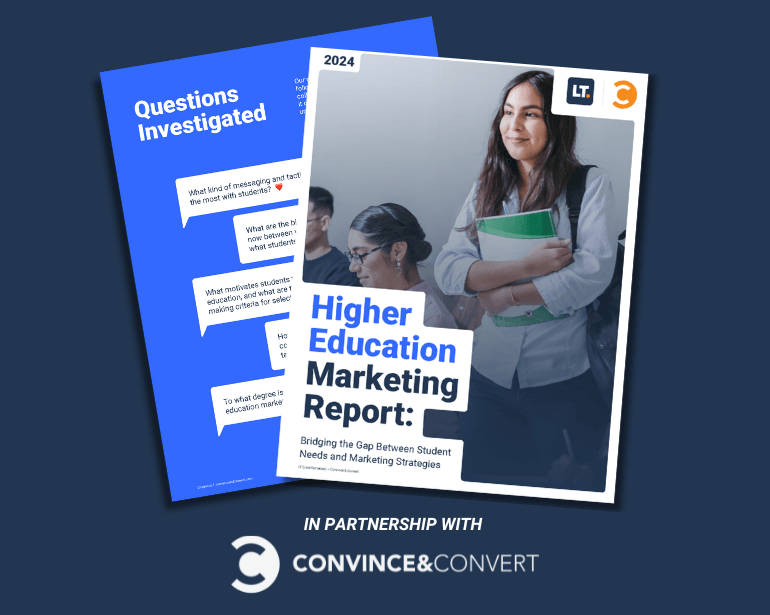Imagine if there was a penny for every time we heard this:
“Half the money I spend on advertising is wasted; the trouble is I don't know which half.”
It’s one of the biggest CMO challenges today: generating results and demonstrating the value of marketing by being a revenue driver versus a cost center. While John Wannamaker’s proclamation may have made sense over 100 years ago, today there is simply no reason that this should ring true – at all.
But in 2017, this was ringing true for Northcentral University (NCU), a premier online graduate university and a global leader in providing unprecedented access to U.S. regionally accredited higher education. Despite a broad offering, their primary focus is on masters and doctorate degrees, taught exclusively by doctorate faculty with the flexibility to take classes anywhere in the world and 100% online.
As a 100% online university, student acquisition efforts were also entirely online. But knowing where prospective students were coming from (acquisition) and what they were doing after they visited an NCU digital property (conversion) was proving to be a struggle not just for the marketing department but for the numerous agency partners that executed marketing activities. While there were many opinions on what was working and what wasn’t, there were no set of facts. And without this insight into what channels were playing a role in acquisition and conversion, the prospective student journey was far from seamless.
How do you build a single source of truth to deliver a seamless prospective student journey…while making the data and insights both accessible and actionable by marketing leadership and numerous agency partners?

Imagine being on a tour bus in your favorite country and you believe you are going to Destination A. But your fellow tourists believe they are going to Destinations B to Z and the tour bus driver believes he is taking you back to the airport. Why? Failure to communicate because everyone is speaking a different language.
When we first engaged with NCU, there were a lot of things that weren’t communicating:
And this failure to communicate between systems and data was creating some clunky marketing communications. For example, if a prospective student first explored information on Criminal Justice on NCU’s website and requested more information, then left the website and came back later to explore a degree in Psychology, engaged with hundreds of pieces of digital content in between, and later became a lead… the belief would be “Wow that Criminal Justice campaign is working great! Dial up the marketing activities here!”
Clearly, not working.
We believed the answer to “What’s working and what isn’t?” was buried under lots of incompatible systems and lots of data. And getting to that answer was not going to be a one and done, but a multi-phased approach.

Our first order of business was to select a single DMP (Data Management Platform) that could play well with all the other internal platforms and get them speaking the same language. We chose Google Analytics because it was a tool our client was already familiar with and allowed us to combine disparate data sources in a cost-effective solution.
With an official DMP selected, we quickly moved into Phase 2 of our project: A Google Analytics Data Audit on two dimensions: 1) Data accuracy 2) Data integrity. Looking at over 20 different data attributes within Google Analytics, our goal was to establish a baseline score that would tell us how reliable and actionable the Google Analytics data truly was.
Some of the data attributes included:
The result of Phase 2: A baseline number of 37.76/100 score.
Translation: Our data was only 37.76% reliable and actionable.
Clearly, the goal of Phase 3 was to get that 37.76 number up – way up. And the only way to do that was to identify what would need to be implemented in Google Analytics to get to an attribution nirvana that looked like a digital maze.
What followed was a gap analysis and the creation of a technical document which outlined recommendations for what to implement in Google Analytics and what to implement on all the NCU digital properties that prospective students encountered on their path to inquire about more information and becoming a lead.
There were over 100 recommendations spanning five categories including:
Through the process of implementing everything identified within this Phase 3 technical document, we were now fully set-up for cross channel attribution analysis.

This final phase was perhaps the most challenging phase: cultural change. We needed to shift analytics from a one-off, afterthought project to an established measurement process. And we needed to get numerous agency partners to adopt and promote a mindset of ongoing optimization. So we became the center of accountability and the single source of truth. By having governance over all marketing activities, we started sharing out monthly analytics and performance reports, demonstrating the impact of adding/removing channels from the marketing mix, the impact of increasing/decreasing spend on given channels, as well as shedding light on opportunities to convert more of the existing audience. And over time we shifted to an on-demand capability where agencies had all this optimization data at their fingertips.
This type of transparency could only result in one outcome. Nobody wants to be the kid that isn’t playing nice in the sandbox so what resulted was that all agencies stepped up their game to play nice, collaborate and implement strategies based on what the data was telling us.
Single source of data truth
Transparency and actionable insight
Unifying all marketing parties
This was a very different type of engagement for our agency as there weren’t clear deliverables that we could point to (i.e. a sexy TV ad, a difficult website build) that is the hallmark of most agencies. In fact, most of this work was “invisible” to prospective students. But we believe this was some of the hottest work coming from our agency for the following reasons:

But the net/net of all of this was smarter acquisition, smarter conversion, greater lead volume at a more efficient cost/lead and ultimately revenue. And there’s no question that today, NCUs marketing department is a revenue driver and the one that knows how to deliver a seamless prospect to student journey.
"I wanted to reach out and personally thank you for the great relationship between LT and Northcentral University over the last several years. I appreciate all the great work that has been done. NCU is in a better place because of LT!"
-Michael Tolmie, Managing Director, Marketing

Bridging the Gap Between Student Needs and Marketing Strategies